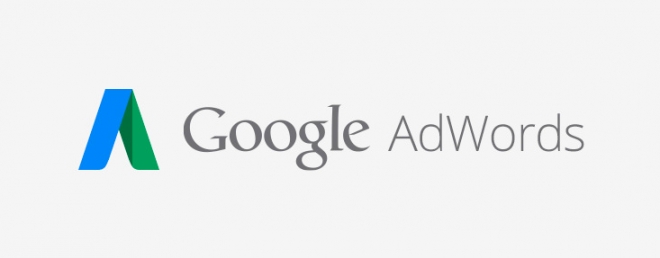Before anything can be accomplished you need to understand the goals of the campaign. Start by asking yourself a series of questions.
- What is the goal of this Ad? Why are we running this Ad in the first place? What do we plan to accomplish?
- What is our daily/monthly AdWords budget?
- Who are we making this Ad for?
- Where are our target audiences located geographically?
- Are we focusing this ad on a specific or broad topic, or both?
- What keywords do we plan to use? Are these keywords specific or vague? If vague, go back and come up with a new list of about 10 to 15 specific and more targeted keywords.
Step 2: Set Up a Gmail Account
You will need to create a gmail account. If you don’t have an account you will not be able to access Google Adwords. After you’ve created your gmail account you will be able to officially sign in
Step 3: Credit Card/Form of Payment
Enter your credit card information or other form of payment into your AdWords account. Do NOT “start first campaign” you will get stuck in the AdWords genie and never be able to escape until you create the campaign. This is fine if you are ready to start your campaign but if you want to do more research on your keywords then you won’t be able to.
Step 4: Write Ad Copy
Write Ad copy based off of the specific goals in your brief. Be sure your ad uses proper and targeted keywords and is clear and direct about what you are focusing on. For example: if you are talking about the Mini Cooper Countryman make sure your ad includes Countryman and not just Mini Cooper.
Step 5: Design and Develop a Landing Page
Designed landing pages should be a direct reflection of the specific ad written. The landing page should have at MOST 2 call to actions. You only want the visitor to take the action you talked about in the ad. If you give them too many choices they will be overwhelmed and bounce.
Step 6: Launch Campaign
After steps 1-5 have been completed your AdWords campaign is successfully ready to be launched.
Step 7: Monitor and Review
This last step plays a crucial role in maintaining a successful campaign. You must review the activity and performance of every campaign daily. When monitoring you will notice that some keywords are performing better than others. You will need to make adjustments in the keywords chosen to get the best Ad performance for your buck. After a month you should have a better idea of what size budget you will need to be spending to have the placement you desire. (aka “1st page, #1”).
 images/bannerimages/Blog-Banner.jpg
images/bannerimages/Blog-Banner.jpg 



